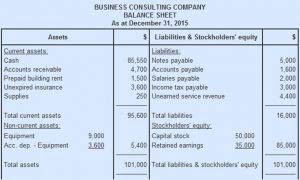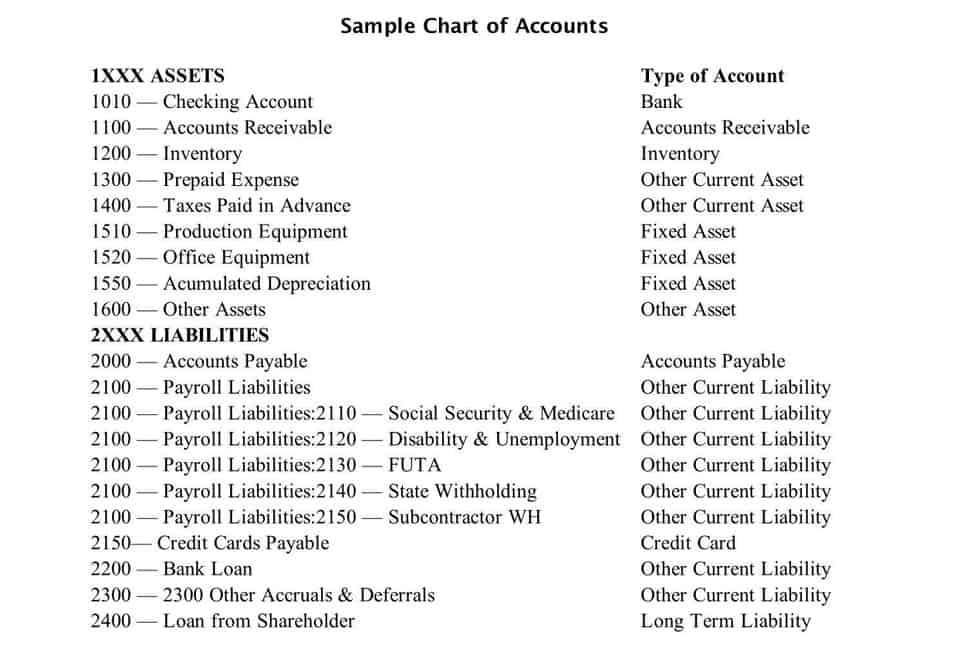
If the extra amount in a customer’s account is the result of an accounting error that results in a residual balance, it can also be rectified with a debit memo. A a debit memorandum would not be issued by the bank for, or debit memo, is a notice informing customers about a decrease in the balance of their account that needs correction. It represents an adjustment to an account that reduces a customer’s balance.
Debit Memo vs Credit Memo – What’s the Difference?

Each of these scenarios demonstrates the importance of credit memos in multiple aspects of business operations, from accounting accuracy to customer relationship management. Credit memos also play a significant role in demonstrating your business’s commitment to ethical practices and customer satisfaction. You can create a debit memo to reflect a charge for an item that isn’t a typical invoice item.
Bank Transactions

Understanding these nuances helps businesses manage their finances accurately and maintain healthy customer relationships. If you write a check to a friend but don’t have enough money in your checking account to cover it, the check will bounce when your friend goes to deposit or cash it. Every time you bounce a check, your bank will likely charge you a fee.
Here are some common scenarios when credit memos Are Used:

Understanding its different uses as a company is critical for decision-making processes. The letter clearly states the reasoning behind the note, including the amount, description, date, company name, invoice number, and signature. This provides formal notification of any adjustments to the purchaser’s account. Accurate pricing is crucial in business transactions, but pricing errors can occur for various reasons, such as system glitches, data entry mistakes, or miscommunication. These records enable businesses to maintain transparency, ensure compliance with accounting standards, and produce reliable financial statements. Notes can be critical in assessing financial performance by accurately capturing adjustments, returns, allowances, and charges.
Types of Debit Memos?
The good news is we put together this guide to cover the most important pieces of information. Debit memorandums are also used in double-entry accounting to indicate an adjustment that increases a customer’s amount due. A credit is represented by the right side of a ledger account and means it is a liability to the account. For example, accounts payable is a credit because it represents the money you owe to someone else.
- A credit balance that exists in a customer account can be offset within a company by creating a debit memo.
- However, in some cases, buyers can also issue a debit note to the seller when returning goods received on credit.
- A debit note is a commercial seller’s, buyer’s, or financial institution’s notification of a debit placed on a recipient’s account in the sender’s books.
- If a customer overpays an invoice or an error happened leading to paying more than the required payment.
A Debit Memo Used in Incremental Billings
- Conversely, when a credit note is issued, it showcases the business’s dedication to customer-centricity and fairness, particularly when rectifying overcharges or addressing dissatisfaction.
- A bank creates a debit memo when it charges a company a fee on its bank statement, thereby reducing the balance in the company’s checking account.
- SoFi has no control over the content, products or services offered nor the security or privacy of information transmitted to others via their website.
- A business may issue a debit memo to another business to correct an invoice that results in underpayment.
- To resolve this problem, you can issue a debit memo to the local business.
- For example, if you have $10.000 in your bank account while the bank needs to charge you $100.
- A debit note is a financial document issued by a seller to inform a buyer of an increase in the amount owed or a correction in a previously issued invoice.
Typical uses of credit notes include returns, discounts, or pricing discrepancies. Nothing is being exchanged physically, but it’s issued for accounting purposes to offset an incorrect amount on the debit side. Sellers can issue debit notes to update and rectify any errors or changes in the original invoices, ensuring the financial information reflects the correct amounts owed. A Debit note, or debit memo, is an official accounting document that sellers issue to buyers to record ongoing debt obligations. It’s typically only used in business-to-business transactions, and buyers can also give this document when making returns.
common scenarios when debit memos are used:
Understanding the difference between credit and debit memos is crucial for business owners to maintain accurate financial records and make informed decisions. With a clear understanding of these concepts, business owners can effectively manage customer accounts and maintain healthy financial relationships. A bank creates a debit memo when it charges a company a fee on its bank statement, thereby reducing the balance in the company’s checking account. Thus, if a bank account has a balance of $1,000 and the bank charges a service fee of $50 with a debit memo, the account then has a remaining balance of $950.
Get a Demo of Collections Software for Your Business
- A debit memo can notify that the bank account balance of a customer has decreased for reasons other than a cash withdrawal, usage of a debit card, or a cashed check.
- Alternatively, buyers can send debit memos to sellers if they return the goods or services.
- For bank and credit card statements, that might be a fee or interest charged.
- It is an incremental debit that should be included in the main invoice.
- For example, let’s say that your bank account currently has $5,000 in it.
- It is issued in many commercial transactions to inform the buyer, the seller, or bank customer of an adjustment in his bank account balance.
What Are Debit Memos?

